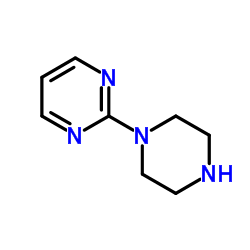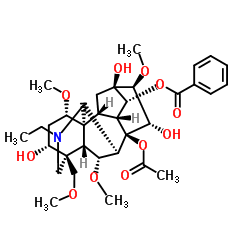| Structure | Name/CAS No. | Articles |
|---|---|---|
 |
Buspirone hydrochloride
CAS:33386-08-2 |
|
 |
1-(2-PYRIMIDINYL) PIPERAZINE
CAS:20980-22-7 |
|
 |
Aconitine
CAS:302-27-2 |